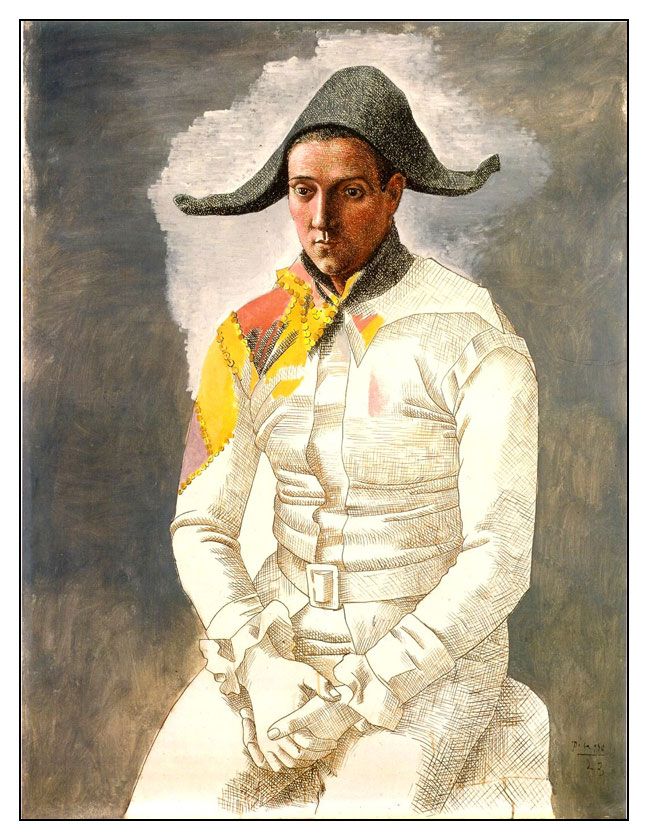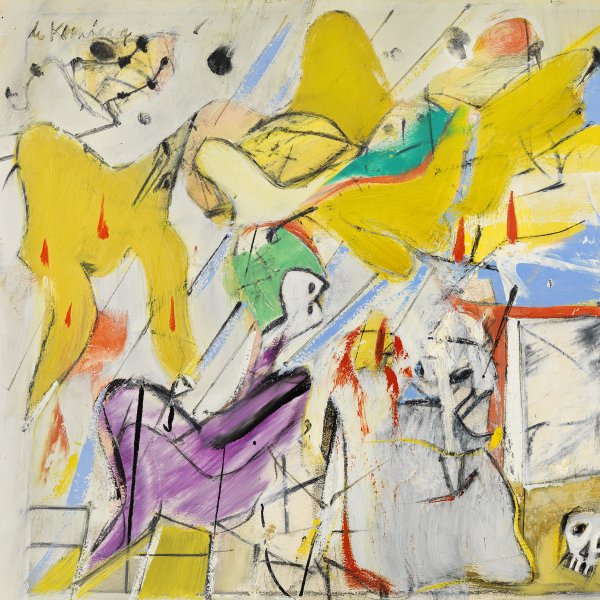
Picasso: ‘Harlequin’, 1923
One of the questions most commonly asked of artists is: how do you know when the work is finished? Evasion or denial characterise most answers, such as ‘when they take it away’ (de Kooning) or ‘What nonsense! To finish it means to be through with it, to kill it, to rid it of its soul’ (Picasso). Collectors have sometimes needed to be on their guard against artists – Degas was notorious – who wish to finish a work after they have sold it…
So it was interesting to come across a comprehensive article by Christophe Van Gerrewey (Forthcoming at http://deappel.nl/en/publications) proposing setting out ‘seven types of unfinishedness:
*Consistent with the foregoing, because the artist’s individual conclusion that it is finished cannot be rationalised
*All works of art are unfinished because they are open to completion in different ways by the viewer: it is only with the audience that they find their true purpose
*Because it is but part of a greater, unfinished – possibly unfinishable project – at one extreme Van Gerrewey cites Jürgen Habermas’ speech ‘Modernity: An Unfinished Project’
*Viewing the artwork as process / concept / method means that the work goes on. Sol LeWitt does not make a wall drawing himself, he provides the instructions to make it so anyone can execute the work anywhere.
*Preferring an aesthetic of unfinishedness – a modern trend valuing the sketch above the worked up version in many cases (though that raises the question: what is the ideal endpoint for a work to be held up against when judging it incomplete?
*‘Unfinished’ as finished: as if an artist releases a work from the studio, then it must by definition be finished, however it may look
*On the basis that the work will always retain latent potential.
Never count someone happy until he dies, Sophocles is reported to have said. And so, until our time comes, we have the imperfect happiness of seven types of unfinishedness. That said, articles on FAD can be altered after publication: I may have further thoughts…
 Willem de Kooning: ‘Abstraction’ 1949 – 1950
Willem de Kooning: ‘Abstraction’ 1949 – 1950
Art writer and curator Paul Carey-Kent sees a lot of shows: we asked him to jot down whatever came into his head





